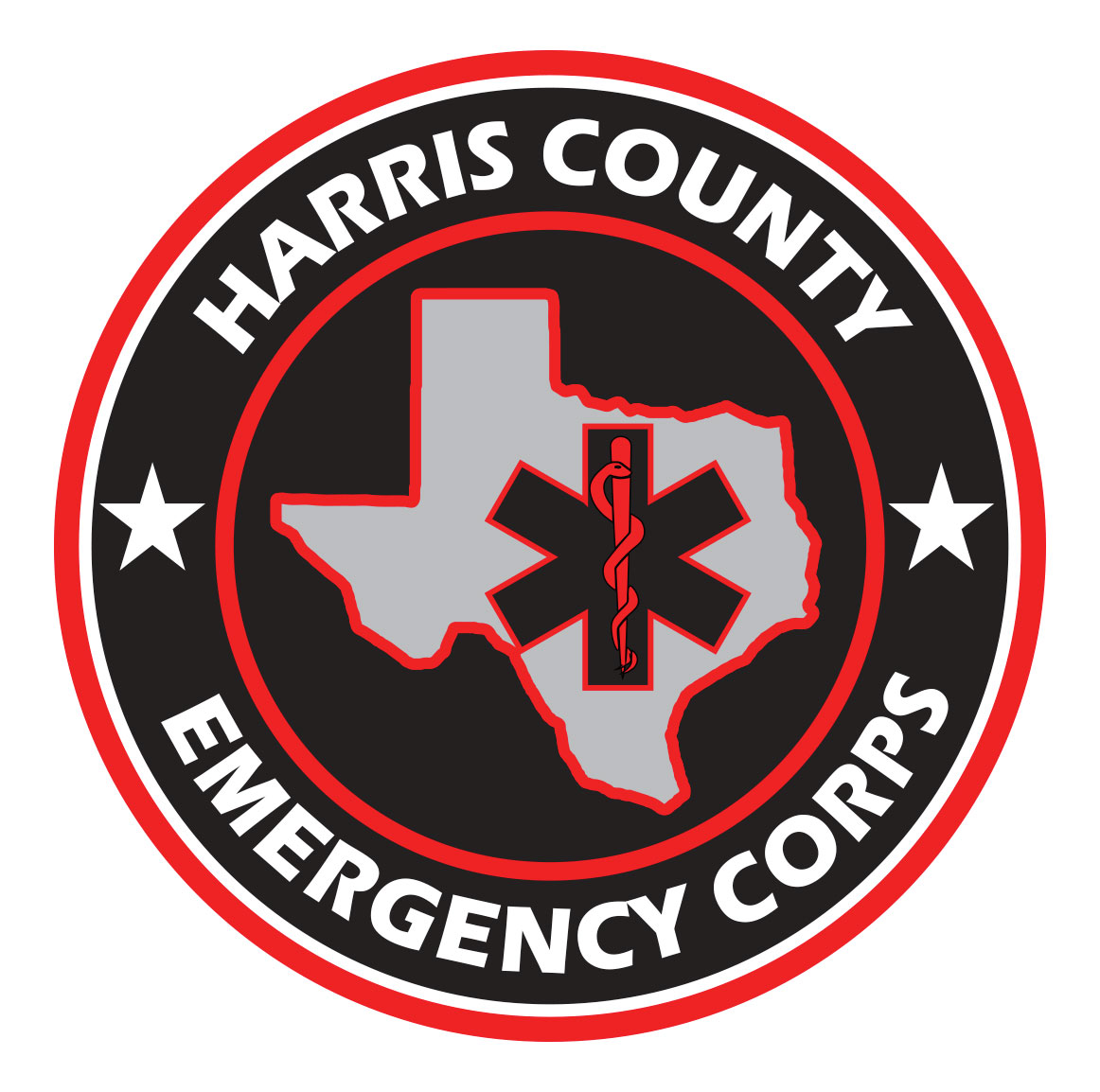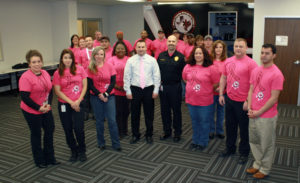Don’t Touch – HOT! HCEC Provides Tips for Preventing Scalds
March 03, 2014

HOUSTON, March 3, 2014 – Scald injuries affect all ages. Young children and the elderly are most vulnerable, which is why Harris County Emergency Corps (HCEC) wants to provide you with information on scald injury prevention.
Annually in the United States and Canada, over 500,000 people receive medical treatment for burn injuries. Roughly half of these injuries are scalds. Most burns occur in the home, usually in the kitchen or bathroom. Scalds can be prevented through increased awareness of scald hazards and by making simple environmental or behavioral changes. These include providing a “kid-safe” zone while preparing and serving hot foods and beverages, and lowering the water heater thermostat to deliver water at a temperature not to exceed 120 degrees.
Scald injuries are painful and require prolonged treatment. They may result in lifelong scarring and even death. Prevention of scalds is always preferable to treatment and can be accomplished through simple changes in behavior and the home environment.
“Although anyone can sustain a scald burn, certain people are more likely to be scalded — infants, young children, older adults and people with disabilities. These high risk groups are also more likely to require hospitalization, suffer complications and experience a difficult recovery” says Dr. George Kiss, Medical Director for HCEC. “Most burn injuries occur in the person’s own home and the vast majority of these injuries could have easily been prevented.”
Tap water scalds are often more severe than cooking-related scalds. The American Burn Association recommends the following simple safety tips to decrease the risk to yourself and those you love from tap water scalds. Set home water heater thermostats to deliver water at a temperature no higher than 120 degrees Fahrenheit/48 degree Celsius.
An easy method to test this is to allow hot water to run for three to five minutes, and then test with a candy, meat or water thermometer. Adjust the water heater and wait a day to let the temperature drop. Re-test and re-adjust as necessary.
Provide constant adult supervision of young children or anyone who may experience difficulty removing themselves from hot water on their own. Gather all necessary supplies before placing a child in the tub, and keep them within easy reach. Fill tub to desired level before getting in. Run cold water first, and then add hot. Turn off the hot water first. This can prevent scalding in case someone should fall in while the tub is filling. Mix the water thoroughly and check the temperature by moving your elbow, wrist or hand with spread fingers through the water before allowing someone to get in.
Install grab bars, shower seats or non-slip flooring in tubs or showers if the person is unsteady or weak. Avoid flushing toilets, running water or using the dish- or clothes washer while anyone is showering.
Install anti-scald or tempering devices. These heat sensitive instruments stop or interrupt the flow of water when the temperature reaches a pre-determined level and prevent hot water that is too hot from coming out of the tap.
Cooking-related scalds are also easy to prevent. Some things you can do to make your home safer from cooking-related burns include: Establish a “kid zone” out of the traffic path between the stove and sink where children can safely play and still be supervised. Keep young children in high chairs or play yards, a safe distance from counter- or stovetops, hot liquids, hot surfaces or other cooking hazards.
Cook on back burners when young children are present. Keep all pot handles turned back, away from the stove edge. All appliance cords should be coiled and away from the counter edge. During mealtime, place hot items in the center of the table, at least 10 inches from the table edge. Use non-slip placemats instead of tablecloths if toddlers are present. Never drink or carry hot liquids while carrying or holding a child. Quick motions may cause spilling of the liquid onto the child.
For more tips on preventing burns, visit www.ameriburn.org. Harris County Emergency Corps is here for you when you need us. Call 9-1-1 if you or someone you know is having a medical emergency.
About Harris County Emergency Corps
Harris County Emergency Corps (HCEC) is a nonprofit EMS provider responding to 9-1-1 emergency medical calls for approximately 400,000 citizens of North Harris County, providing education classes for businesses and clinicians, and providing event medicine coverage for some of the largest event venues in Houston. HCEC is a premier emergency medical services organization committed to preserving lives through clinical excellence, progressive medicine, and professional service. For more information, visit www.hcec.com.

